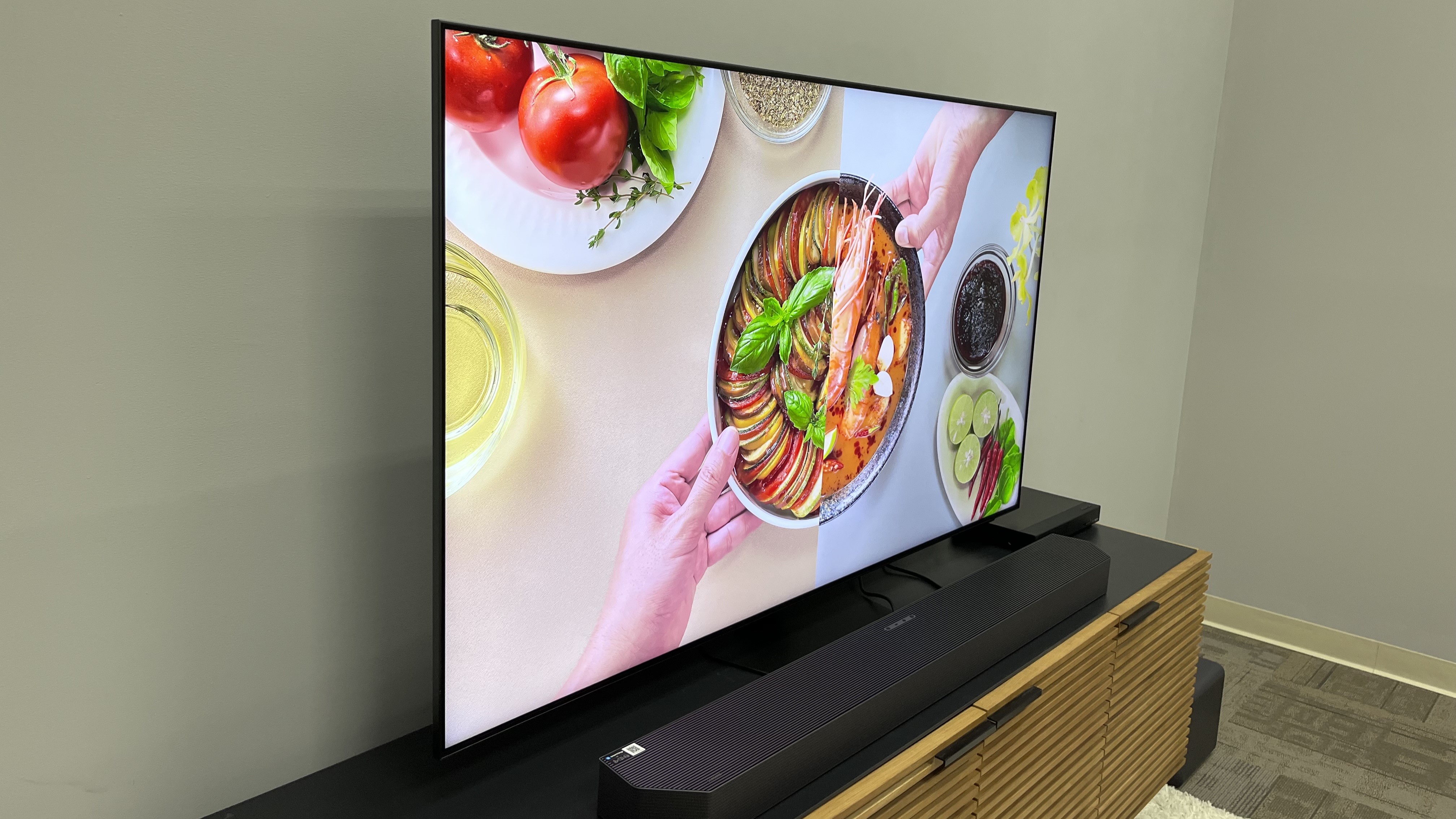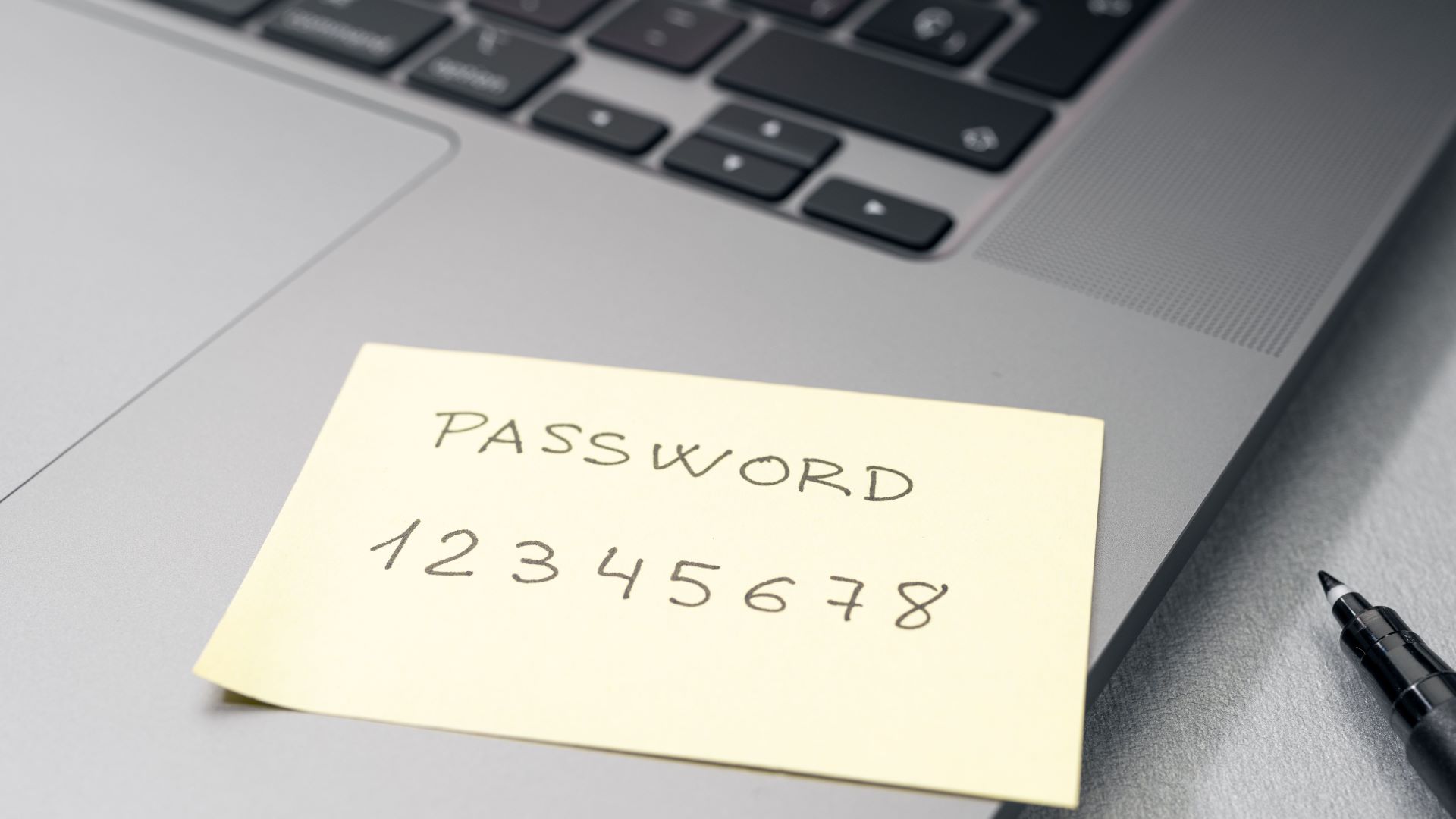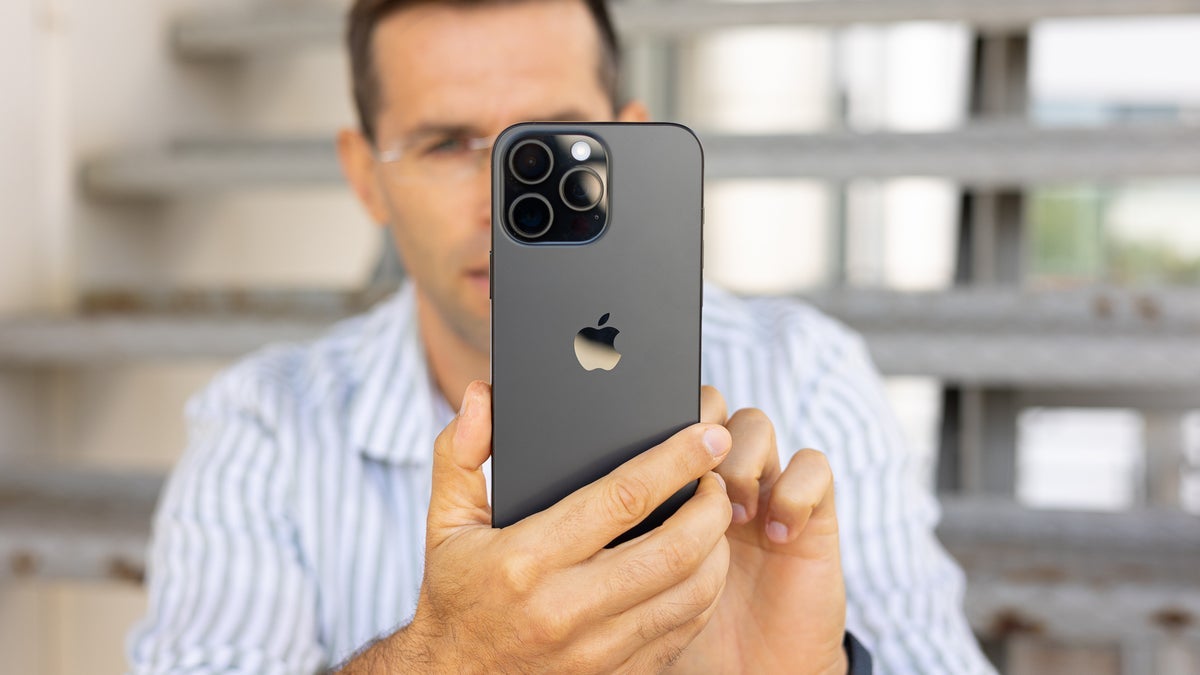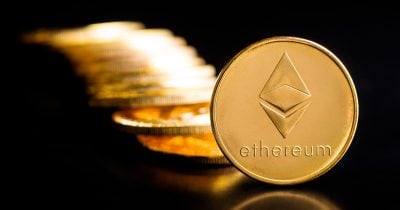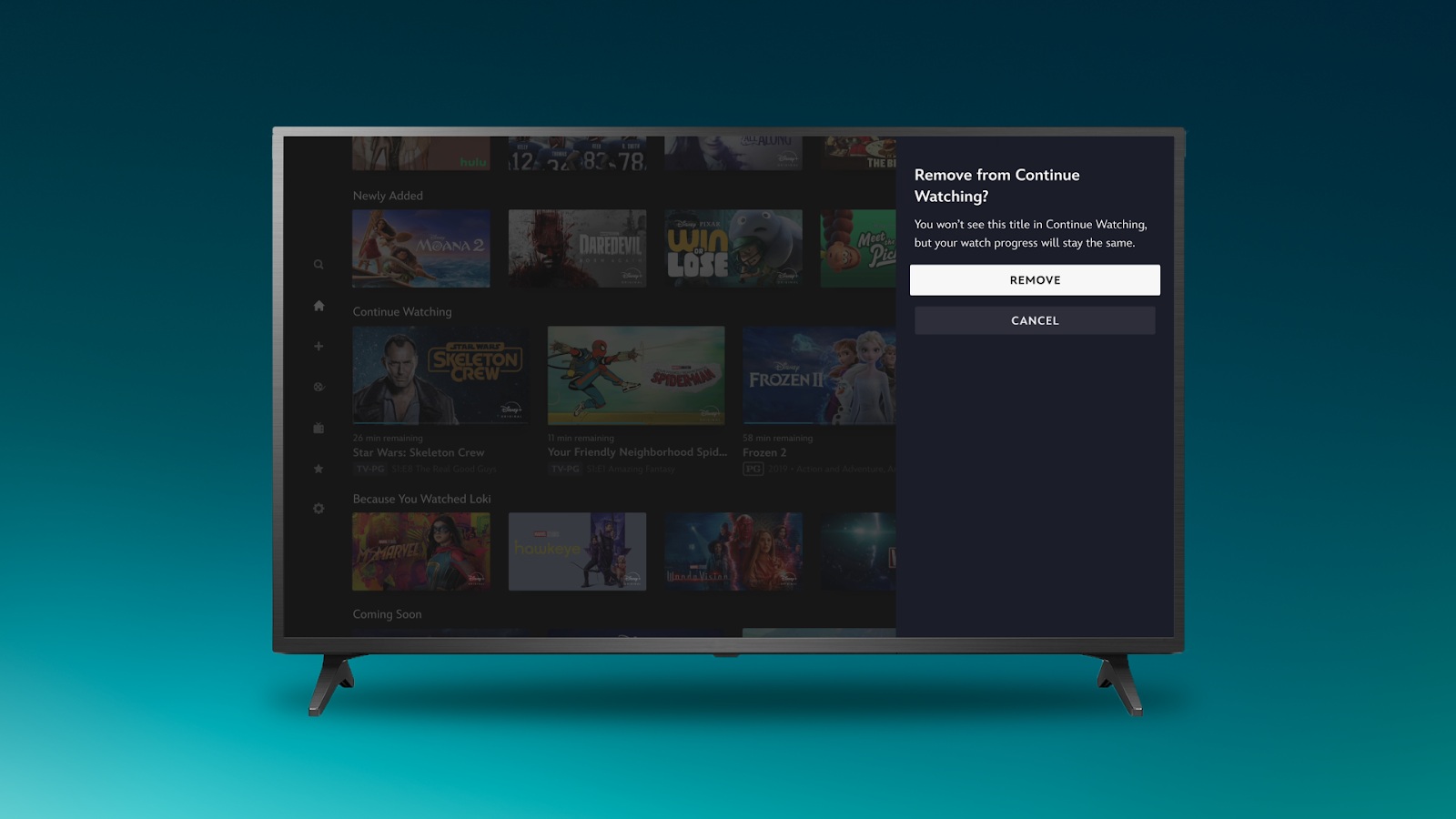Earth’s space junk problem got even worse in 2024, ESA reports
Earth’s space junk problem isn’t just growing—it’s accelerating. According to the European Space Agency’s latest Space Environment Report, 2024 saw some of the largest debris-generating … The post Earth’s space junk problem got even worse in 2024, ESA reports appeared first on BGR.


Earth’s space junk problem isn’t just growing—it’s accelerating. According to the European Space Agency’s latest Space Environment Report, 2024 saw some of the largest debris-generating events in decades. And with satellite launches continuing to surge, experts are warning that space near Earth is getting dangerously crowded.
More than 1.2 million objects larger than 1 centimeter are now orbiting Earth. Over 50,000 of those are bigger than 10 centimeters, which is large enough to destroy a functioning satellite on impact. And those are just the ones we can track. Countless smaller fragments are zipping around at lethal speeds, mostly undetectable until it's too late.
“The amount of space debris in orbit continues to rise quickly,” the ESA notes, pointing to multiple fragmentation events in 2024. Among the worst was a Chinese Long March 6A rocket that exploded in August, adding more than 700 new pieces to the mix.
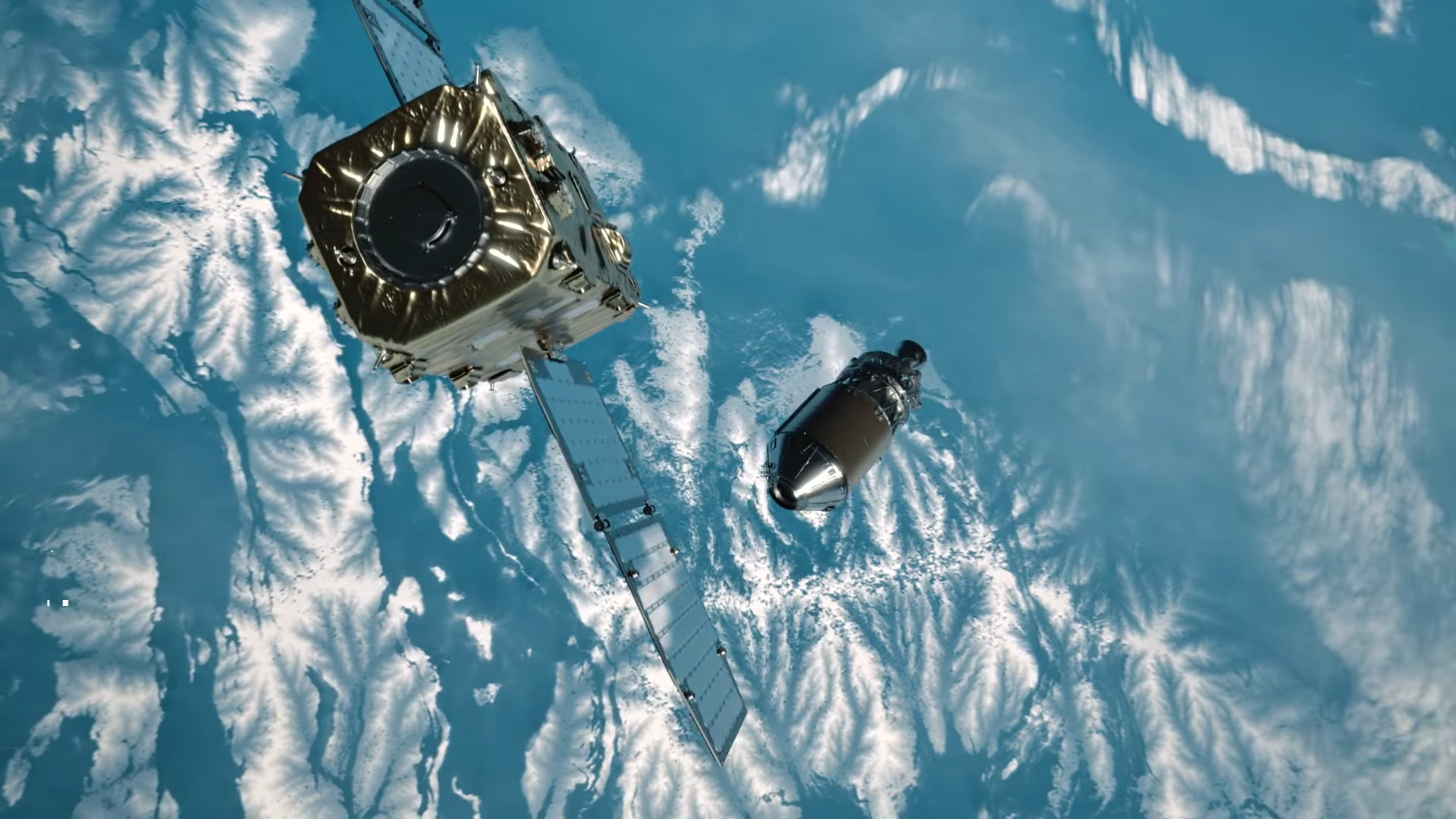
The risk here isn’t hypothetical. Every day, critical satellites—from weather monitors to GPS systems—have to dodge debris. The ISS has had to dodge space debris multiple times over the years, and the ESA now estimates that intact objects reenter Earth’s atmosphere more than three times per day.
The growing number of commercial megaconstellations like Starlink is only making matters worse, with active satellite density now approaching that of existing debris in some orbital zones. Suffice it to say that Earth’s space junk problem is only going to get worse as Earth’s satellite problem does. And with the US Space Force planning missions to refuel satellites, we’re only going to keep putting objects into orbit.
Despite the growing threat, not enough satellites are being safely deorbited after their missions end. And even then we risk poisoning the ozone. Failing to move defunct spacecraft into lower orbits or to drain leftover fuel means more potential collisions and fragmentation. And stopping all satellite launches wouldn’t stop the problem, according to the ESA. That’s because even if no new satellites were launched, debris levels would still rise due to continued breakups.
The problem here is what we call the Kessler syndrome. It is essentially a runaway chain reaction in which collisions create debris that causes more collisions. Without active debris removal, the ESA warns that parts of Earth's orbit could eventually become too hazardous for new missions.
While adherence to debris mitigation guidelines is slowly improving, especially in the commercial sector, it isn’t enough to outpace the rate at which debris is forming. The ESA’s new report makes it clear: Earth’s space junk problem isn’t going away anytime soon. Unless major cleanup efforts begin soon, we may be jeopardizing the sustainability of space exploration itself.
The post Earth’s space junk problem got even worse in 2024, ESA reports appeared first on BGR.
Today's Top Deals
- Amazon Big Spring Sale: $20 off Nintendo Switch OLED, save $0.50 a gallon on gas, $7 Tapo smart plugs, more
- Best Apple Watch deals for April 2025
- Today’s deals: $2,300 Amazon gift card, $53 Beats Solo Buds, $20 Blink Mini 2, $70 Keurig coffee maker, more
- Today’s deals: $399 Apple iPad mini, $12 LifeStraw, $630 Google Pixel 9, $270 Vitamix blender, more
Earth’s space junk problem got even worse in 2024, ESA reports originally appeared on BGR.com on Wed, 2 Apr 2025 at 19:20:00 EDT. Please see our terms for use of feeds.














































































































































































![[The AI Show Episode 142]: ChatGPT’s New Image Generator, Studio Ghibli Craze and Backlash, Gemini 2.5, OpenAI Academy, 4o Updates, Vibe Marketing & xAI Acquires X](https://www.marketingaiinstitute.com/hubfs/ep%20142%20cover.png)
















































































































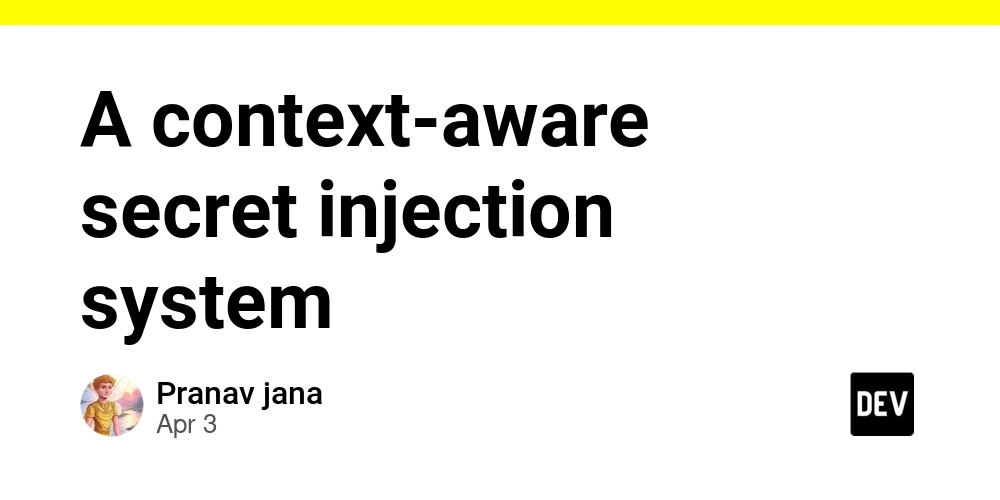
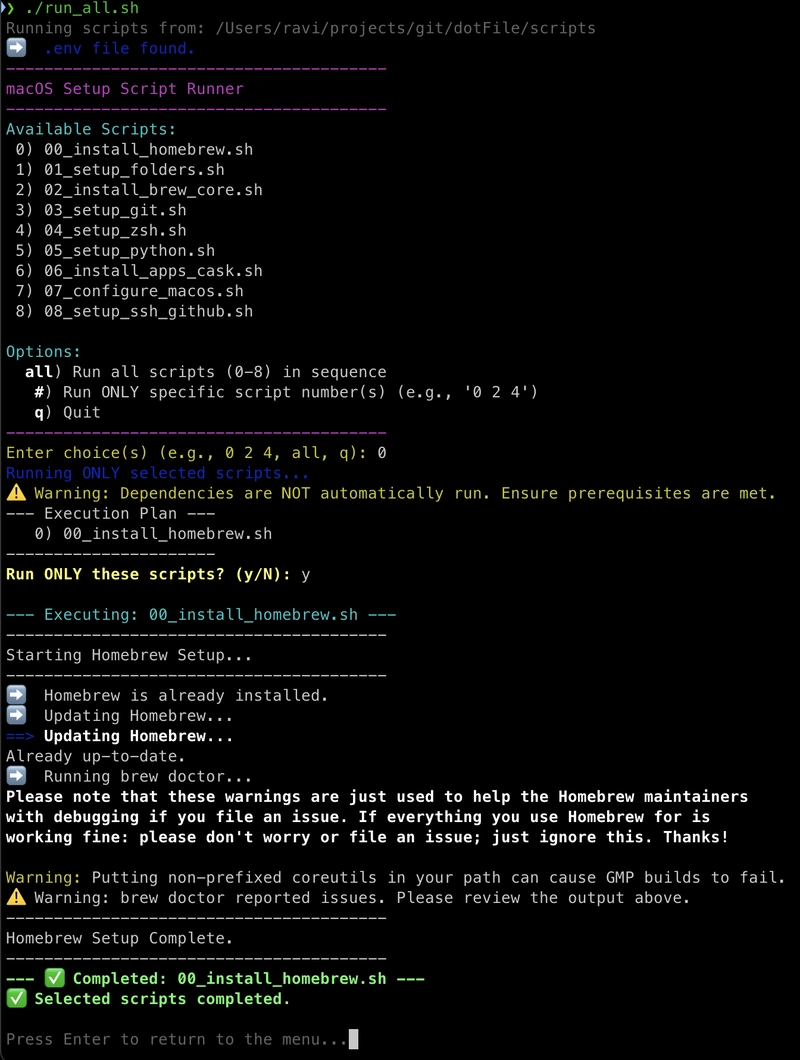













![[DEALS] Microsoft Office Professional 2021 for Windows: Lifetime License (75% off) & Other Deals Up To 98% Off – Offers End Soon!](https://www.javacodegeeks.com/wp-content/uploads/2012/12/jcg-logo.jpg)


































































































































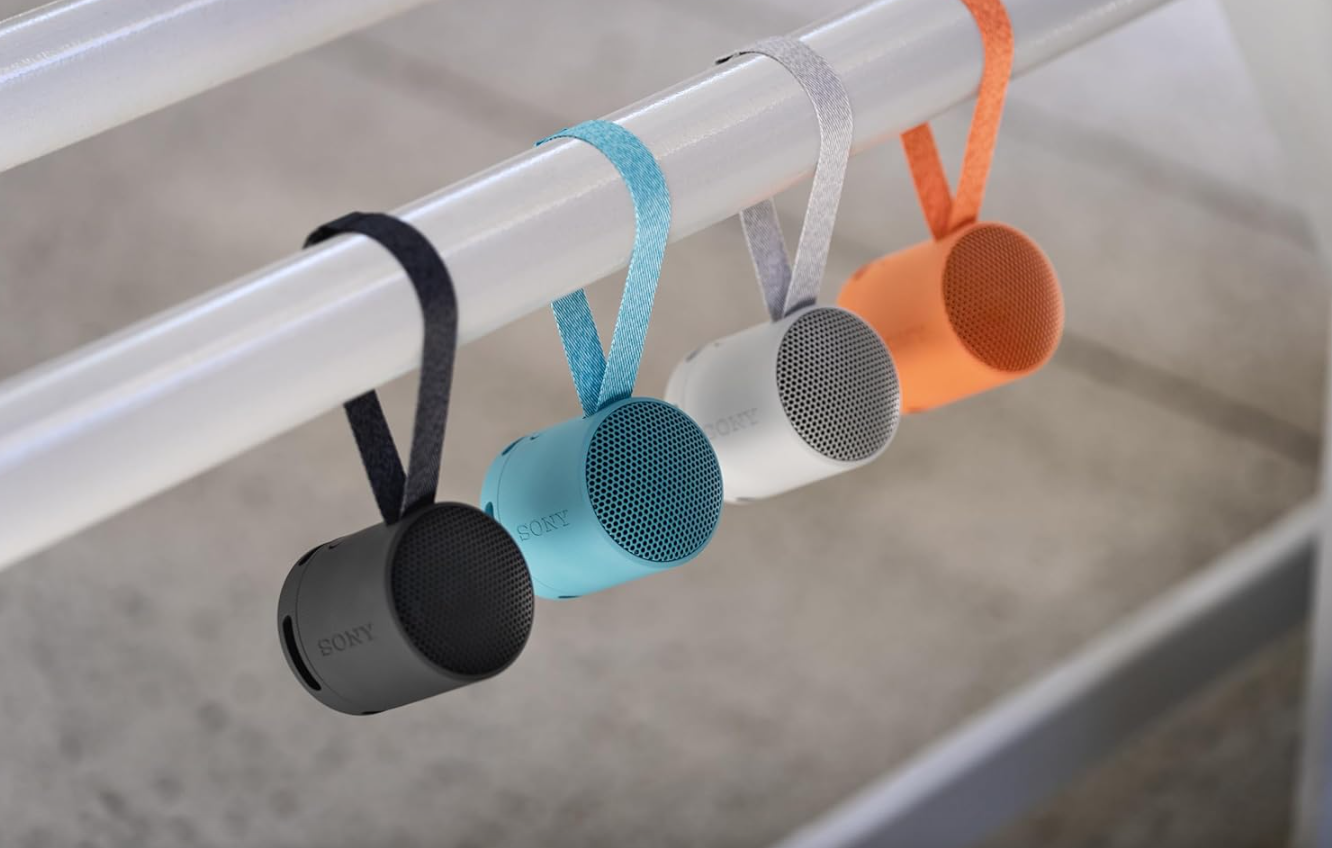










_Anthony_Brown_Alamy.jpg?#)
_Hanna_Kuprevich_Alamy.jpg?#)




.png?#)


































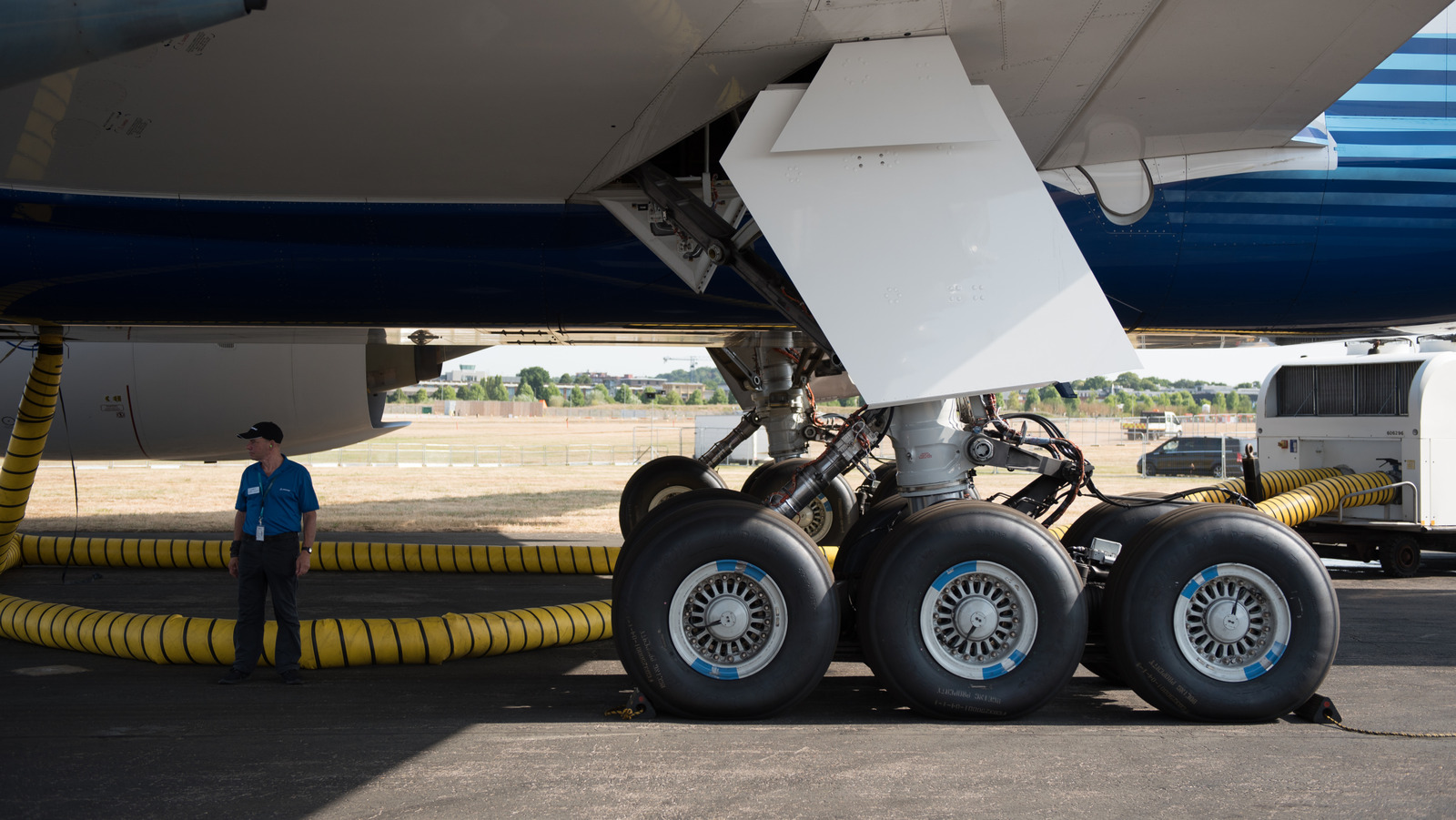
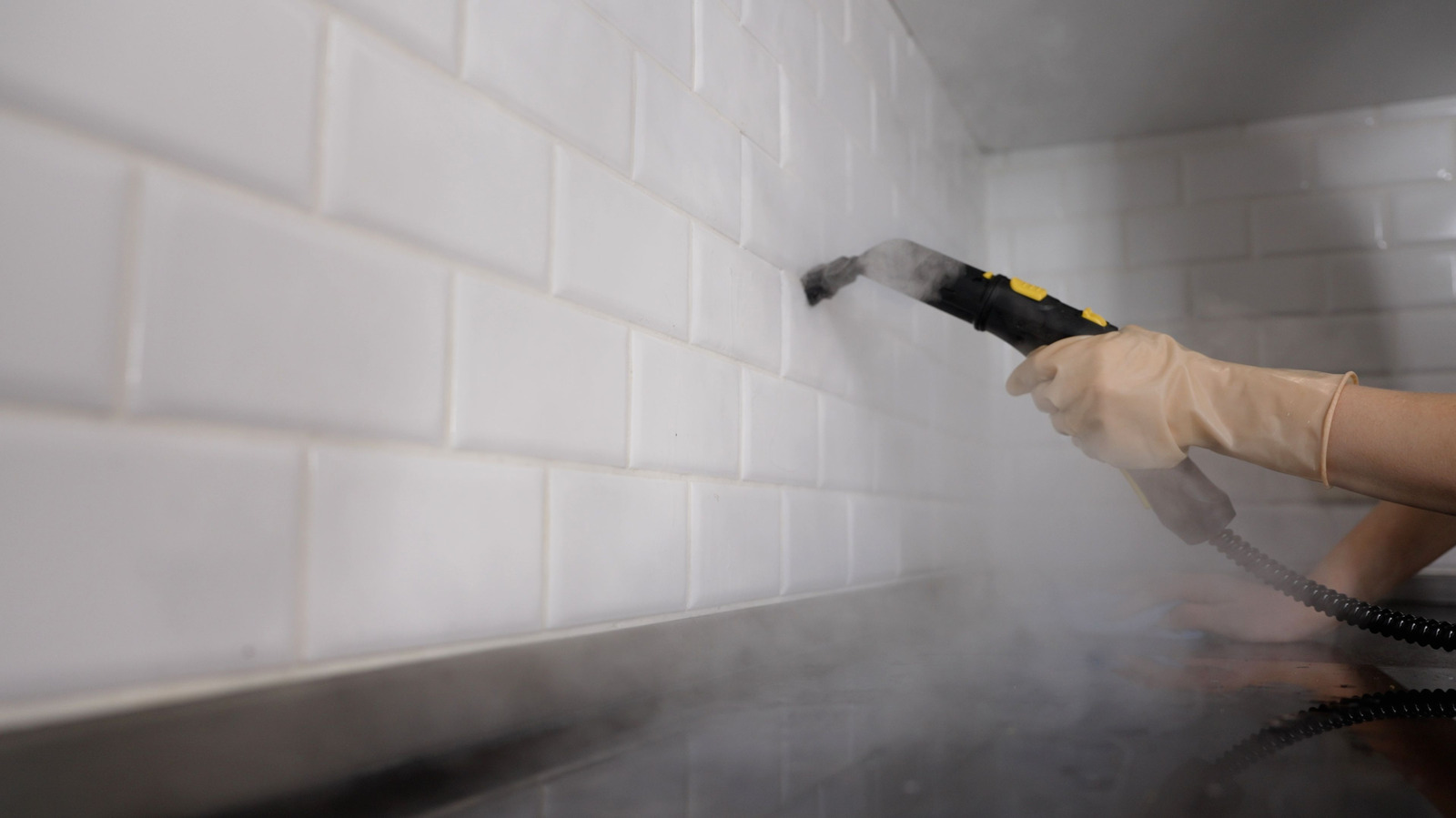





































































![YouTube Announces New Creation Tools for Shorts [Video]](https://www.iclarified.com/images/news/96923/96923/96923-640.jpg)

![Apple Faces New Tariffs but Has Options to Soften the Blow [Kuo]](https://www.iclarified.com/images/news/96921/96921/96921-640.jpg)














